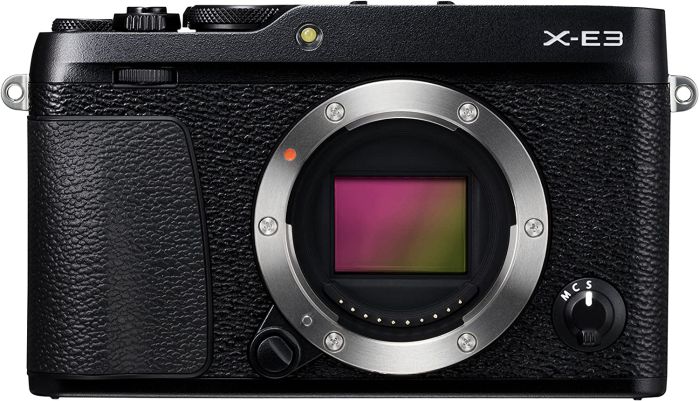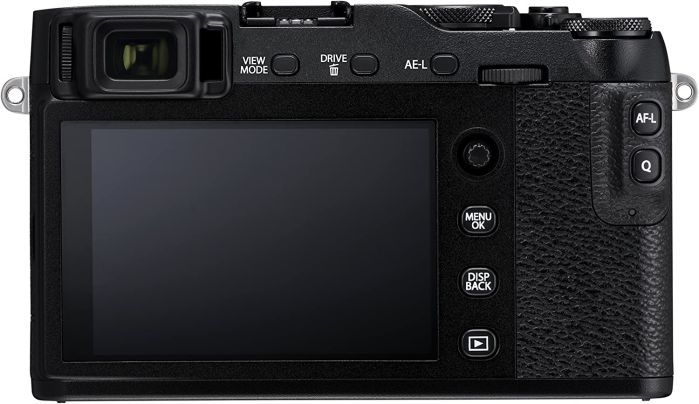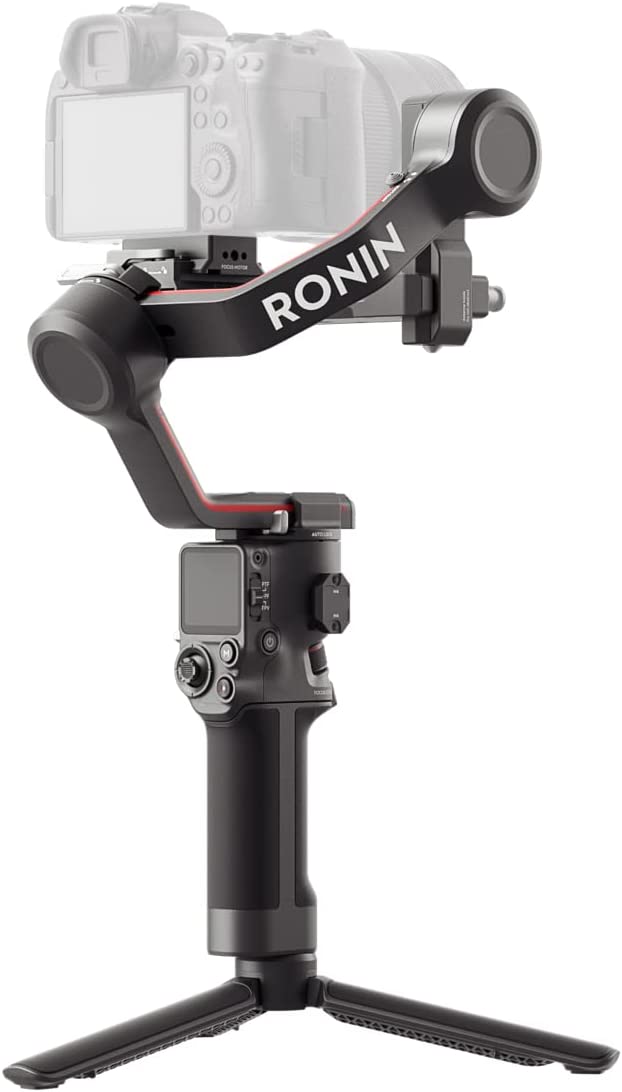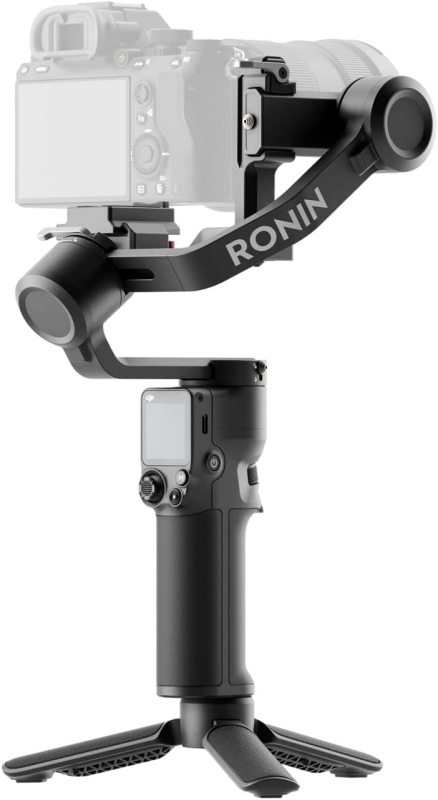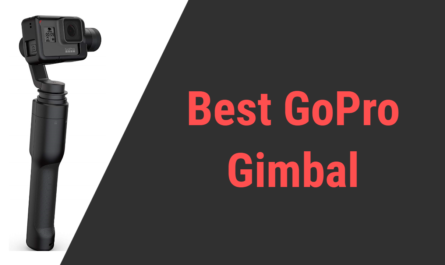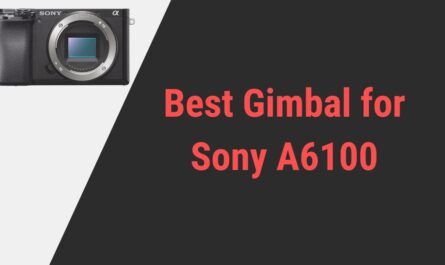You will always find many cameras in the market, and similarly, you will find many gimbals compatible with that camera as well. As we all know, using a gimbal with your camera ensures that you get the best out of your camera as well as your videography and photography skills.
In this article, we will be discussing the best gimbal for the Fujifilm X-E3, a mirrorless camera that has become increasingly popular among photographers and videographers. A gimbal is a handheld stabilizer that helps to reduce camera shake and produce smooth and steady footage.
We will be reviewing a few gimbals that are highly compatible with the Fujifilm X-E3 and compare their features, advantages, and disadvantages. We will consider factors such as stability, ease of use, battery life, and price to help you make an informed decision about which gimbal is the best fit for your needs.
Whether you’re a professional filmmaker or a hobbyist looking to improve the quality of your videos, a gimbal can be an invaluable tool for producing high-quality footage. So, let’s dive in and explore the camera first before getting to the different gimbals you can get.
Fujifilm X-E3
The Fujifilm X-E3 is a mirrorless camera that was released in 2017. It is a compact and lightweight camera that is designed for photographers who value portability and ease of use. There are many features of this camera which will surely impress you.
We were definitely impressed by its sensor, which is a 24.3 megapixel APS-C X-Trans CMOS III sensor. This sensor is capable of producing high-quality images with excellent detail and color accuracy.
On top of that, The X-E3 has a fast and accurate autofocus system that uses 325 autofocus points. The autofocus is also able to track moving subjects, making it well-suited for capturing action and sports.
Fujifilm X-E3
- 24.3 megapixel APS-C X-Trans CMOS III sensor
- 23.5mm x 15.6mm sensor size
- 3:2 aspect ratio
- Image processor- X-Processor Pro
- Fujifilm X-mount
- 325 autofocus points
- Phase detection AF: 91 points (up to 325 points)
- Contrast AF: 325 points
- ISO range 200-12800 (expandable to 100-51200)
- Shutter speed- 4 sec to 1/4000 sec (mechanical shutter and 30 sec to 1/32000 sec (electronic shutter)
- Continuous shooting- up to 8 fps (mechanical shutter) and up to 14 fps (electronic shutter)
- 4K (3840 x 2160) at 30 fps
- Full HD (1920 x 1080) at 60 fps
- 3-inch touchscreen LCD, 1.04 million dots with 100% frame coverage
- Viewfinder of 0.39-inch OLED viewfinder, 2.36 million dots with 100% frame coverage
- Connectivity with Wi-Fi 802.11b/g/n, Bluetooth 4.2, USB 2.0, and HDMI Micro
Note:
All the gimbals mentioned here are tested with a Fujifilm X-E3 camera and work perfectly fine.
| DJI RS 3 (Best Overall)

|
| DJI RS 3 Pro (Most High-end - Highest Payload Capacity & Comes with Advanced Features)
    |
| DJI RS 3 Mini (Budget Pick)
    |
Although, it does not have built-in image stabilization, which means that a gimbal or other stabilizer may be necessary to produce smooth and steady footage.
It is even capable of shooting 4K video at 30 frames per second, as well as 1080p video at up to 60 frames per second. The camera also has a microphone input for capturing high-quality audio.
The X-E3 has a retro-inspired design that is reminiscent of classic film cameras. It has a compact and lightweight body that is easy to carry around, making it a great camera for travel and street photography.
Overall, the Fujifilm X-E3 is a well-designed and capable camera that is great for photographers who value portability and ease of use. While it does not have built-in image stabilization, it is capable of producing high-quality images and videos with the right equipment and technique.
Let us have a quick look at the different specifications of this camera so you can know the camera as well as you should before you head toward different gimbals that you can get for it.
Now we are sure that now you know almost everything you need to know about the camera, and we are sure you must be wondering if the camera is that good, what is the reason that you should use a gimbal for the same? We are here to answer all your questions,
Best Gimbals for Fujifilm X-E3
1. DJI RS 3
One name that we all have heard quite often when it comes to best gimbals is DJI. The DJI RS 3 gimbal provides exceptional stabilization for your Fujifilm X-E3, allowing you to capture smooth, steady footage in a variety of shooting scenarios.
Let us also not forget that it offers a range of control options, including a joystick, trigger, and customizable buttons, making it easy to adjust the camera’s position and settings on the fly.
The RS 3 gimbal is compatible with a range of camera models, including the Fujifilm X-E3, as well as a variety of lenses, so you can use the gimbal with your existing equipment. Like many of the DJI’s many gimbals, RS 3 boasts a long battery life, allowing you to shoot for extended periods without worrying about running out of power.
It provides easy and intuitive control over your camera. You can control the camera’s movement using the joystick or customize the function of the customizable buttons. You can also adjust settings such as focus, aperture, and shutter speed from the gimbal itself.
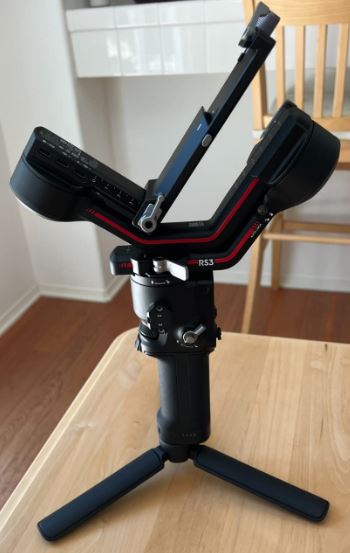

We were impressed by how it comes with a range of accessories, such as a focus motor, phone holder, and camera control cables. This allows you to use the gimbal for a variety of shooting scenarios, including live streaming, vlogging, and professional filmmaking.
Overall, the DJI RS 3 is an excellent gimbal that provides outstanding stabilization, control, and compatibility with a range of cameras and lenses. Whether you’re a professional filmmaker or a content creator, the RS 3 gimbal can help you take your video production to the next level.
Pros
- Impressive stabilization
- Easy to control
- 12 hours of battery life
- Versatile
- Lightweight
Cons
- It is costly
- Bulky in size
2. DJI RS 3 Pro
The DJI RS 3 Pro gimbal is a high-end, professional-grade 3-axis gimbal designed to provide smooth and stable footage for a range of cameras and lenses, including the Fujifilm X-E3.
The DJI RS 3 Pro gimbal provides easy and intuitive control over your Fujifilm X-E3 camera. You can easily control the camera’s movement with the help of the joystick, or you can even customize the function of the customizable buttons.
There is much more to this gimbal than what meets the eye, it is a highly upgraded version of DJI RS 3, and when you use it with your camera, you can easily figure that out on your own.
It is quite compact, and we are quite impressed with how much time it takes to set it up with your camera. You will be just as impressed with its performance. The RS 3 pro just weighs about 2 kg and has the capacity to hold a payload of a tad bit above 3 kg.
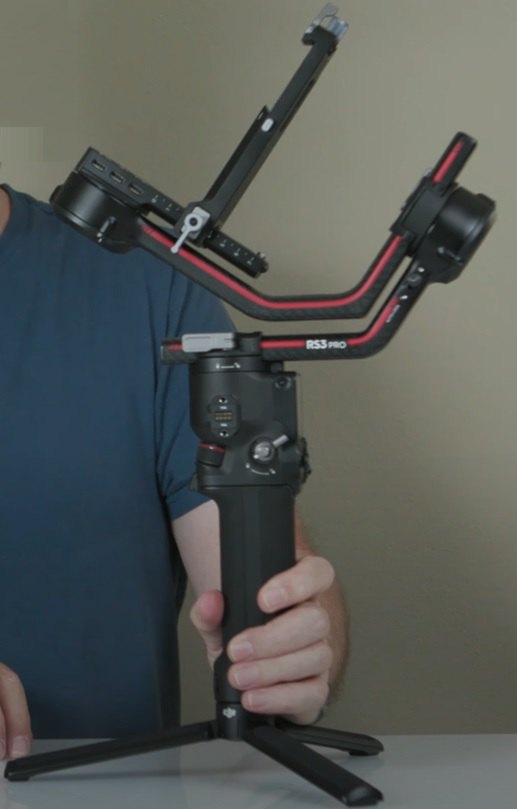

It has automatic axis locks so you will not have to worry about the camera balancing without any fuss, with just one button you can easily lock and unlock the axis. The gimbal is equipped with LiDAR focusing so you will get the utmost best performance you can get out of it. Everything about this gimbal is made to impress you.
Because the gimbal is versatile, you will be able to connect many different accessories with the gimbal, and there is nothing that you will have to worry about. This is a professional-grade gimbal so you can easily expect professional-level results from it.
Pros
- Highly impressive stabilization
- Professional grade build
- Axis locks
- Impressive payload capacity
- Long battery life
- Easy to set up and use
Cons
- Price is high
- Some motor noise can be observed.
3. DJI RS 3 Mini
The last gimbal on our list is a gimbal from DJI. We have already seen two of the gimbals from them, and we are sure by now you must be impressed with the quality as well as the performance that the DJI has to offer through their gimbals.
Lastly, we will learn about the DJI RS 3 mini in this article. The DJI RS 3 Mini is a compact and lightweight gimbal stabilizer designed for use with small mirrorless and DSLR cameras like Fujifilm X-E3.
The gimbal stabilizes your camera on three axes, allowing for smooth and stable footage while walking, running, or even moving in a vehicle.
The device has a built-in touchscreen display that allows you to access various shooting modes and settings, as well as adjust the gimbal’s parameters. ActiveTrack 4.0 of this feature allows you to track a subject while moving, which can be useful for vlogging, sports, and other action-packed scenes.
The DJI RS 3 Mini is a great option for anyone who needs a compact and lightweight gimbal stabilizer for their small camera. Its strong motor performance, intuitive controls, and advanced features make it a solid choice for both amateurs and professionals alike.
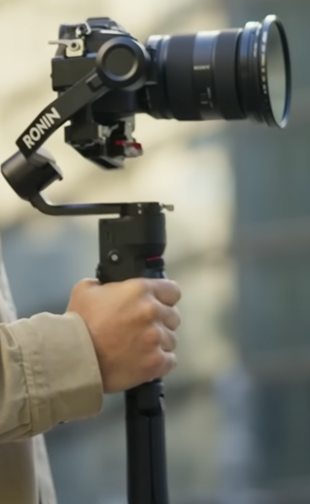

The gimbal weighs less than 1 kg, and it has the capacity to hold a payload of double its own weight. What we are impressed with the most is that it comes with a quick-release plate and a detachable grip, making it easy to set up and balance your camera.
The device has a built-in touchscreen display that allows you to access various shooting modes and settings, as well as adjust the gimbal’s parameters.
Pros
- Compact and lightweight
- ActiveTrack 4.0
- Impressive motor performance
- Versatile
- Easy to handle
Cons
- Payload capacity could have been better
- There’s no focus control
Why should you use a gimbal with your camera?
There are several reasons why you should consider using a gimbal with your camera; some of them include but not limited to are,
Stability- A gimbal helps to improve the stability of a camera by reducing unwanted movement or vibration that can occur during shooting. Specifically, a gimbal uses a series of motors and sensors to stabilize the camera and keep it level, even when the operator moves or turns. There are three axes of movement that a gimbal typically stabilizes- pan, tilt, and roll.
The pan axis refers to horizontal movement, the tilt axis refers to vertical movement, and the roll axis refers to rotational movement. By stabilizing these three axes of movement, a gimbal can keep the camera level and steady, even when the operator moves or the camera is subjected to external forces like wind or bumps.
Versatility- A gimbal can also help to make your camera more versatile and adaptable to different shooting scenarios. There are a few ways a gimbal can enhance the versatility of your camera. A gimbal allows your camera to move smoothly and seamlessly along multiple axes, including pan, tilt, and roll.
This makes it easier to capture footage from different angles and perspectives, such as low-angle or high-angle shots. Gimbals are typically lightweight and compact, which makes them easy to transport and use in different shooting scenarios. You can use a gimbal while walking or running or even attach it to a drone or other aerial platform for unique perspectives.
Flexibility- A gimbal can be used with various cameras, including mirrorless cameras, DSLRs, and even smartphones. This makes it a versatile tool that can be used in many different shooting scenarios. A gimbal can also help to make your camera more flexible and adaptable to different shooting scenarios like they are typically quick and easy to set up, which makes them ideal for shooting in different locations or environments.
You can easily attach your camera to the gimbal and start shooting without the need for complex setups or equipment. Many gimbals are designed to be expandable, which means you can add accessories or attachments to enhance their functionality. For example, you can add a wireless remote control or an external microphone to improve your audio recording capabilities.
Efficiency- With a gimbal, you can spend less time and effort on post-processing to stabilize footage, which can save you time and improve your overall workflow. A gimbal can also help to improve the efficiency of your camera setup.
It helps to provide stable footage, which can reduce the amount of post-processing required to stabilize your footage. This can save you time and effort in the editing process and help you to produce smoother, more professional-looking footage.
Creativity- A gimbal can allow you to capture shots that might otherwise be difficult or impossible to achieve, giving you greater creative control and expanding the possibilities of what you can capture. Using a gimbal with your camera can help to enhance your creativity and expand the range of creative possibilities available to you.
A gimbal allows you to achieve unique camera angles and perspectives, which can help to add visual interest and variety to your footage. For example, you can easily capture low-angle shots, high-angle shots, or even aerial shots by attaching your gimbal to a drone or other aerial platform.
There are yet many more reasons why you should prefer using a gimbal with a great camera like Fujifilm X-E3, especially when you want to do videography. We are sure that above mentioned reasons are quite sufficient enough to help you choose one gimbal from our recommended gimbals.
Different Features of 3-Axis Gimbal
Now that you have seen different gimbals, it is necessary that you learn more about what are the different features a gimbal has. With the help of that, you can easily choose the features that you want to use and choose a gimbal from the list mentioned above.
- Three-axis stabilization- Gimbals typically stabilize cameras on three axes – pitch, roll, and yaw – which allows for smooth and stable footage while moving.
- Payload capacity- Each gimbal has a maximum payload capacity, which is the weight it can support without losing stability or performance. This is an important consideration when choosing a gimbal, as it needs to be able to support the weight of your camera and any accessories.
- Active tracking- Some gimbals have active tracking features that allow them to follow a subject, keeping it in the center of the frame. This is useful for sports or other fast-moving action shots.
- Time Lapse and panorama modes- Many gimbals have built-in timelapse and panorama modes, which allow you to capture stunning footage of landscapes or cityscapes.
- Wireless connectivity- Some gimbals can be controlled wirelessly via a smartphone app, which allows for remote control and monitoring of the camera.
- Joystick controls- Most gimbals have joystick controls that allow you to adjust the pitch, roll, and yaw of the camera, as well as switch between different modes.
- Follow focus- Some gimbals have a follow focus feature, which allows you to control the focus of the camera remotely, ensuring that your subject is always in focus.
- Multiple shooting modes- Many gimbals offer multiple shooting modes, such as underslung mode (where the gimbal is held upside down for low-angle shots) and inverted mode (where the camera is mounted upside down for high-angle shots).
- Auto-calibration- Some gimbals have auto-calibration features that make it easy to balance the camera on the gimbal, ensuring that it stays stable during use.
- Time-lapse stabilization- Some gimbals have time-lapse stabilization features that allow you to create stable time-lapse footage without the need for a separate tripod.
We are sure that you will be able to make your decision now based on the data that is now available to you. We now know gimbals are essential for filmmakers and photographers who need to capture smooth and stable footage.
There are many different features to consider when choosing a gimbal, including three-axis stabilization, payload capacity, active tracking, time lapse and panorama modes, wireless connectivity, joystick controls, follow focus, multiple shooting modes, auto-calibration, and time-lapse stabilization.
By understanding these features, you can choose a gimbal that best suits your needs and helps you capture stunning footage every time.
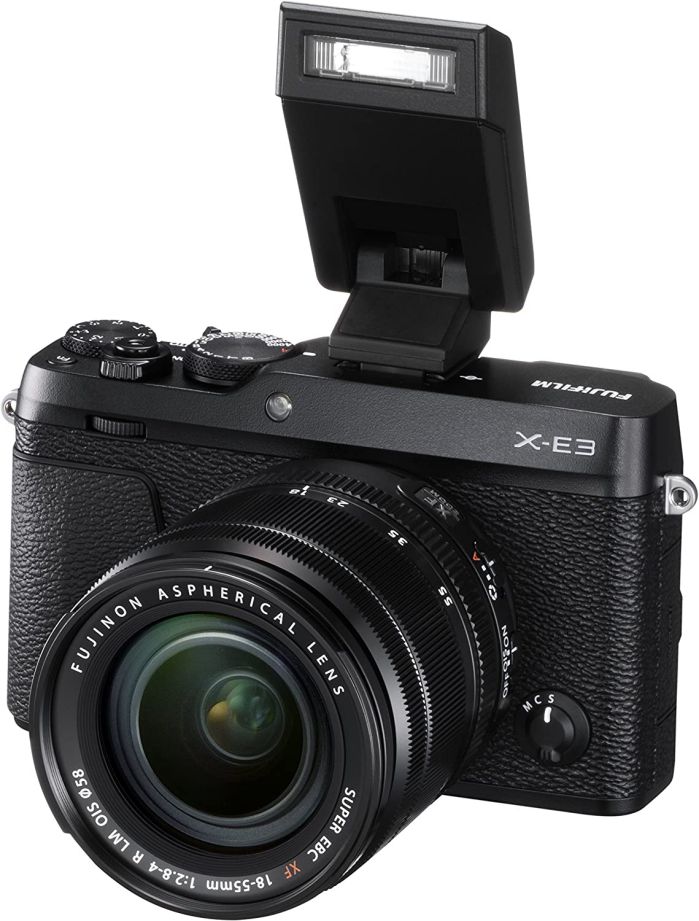

Final Thoughts
The best gimbal for your Fujifilm X-E3 will depend on your specific needs, budget, and shooting style. It’s important to consider factors like payload capacity, stabilization, and features like active tracking and time lapse modes when making your decision.
We compiled some of the best gimbals in the market that you can get, and you will not be worried about choosing any one of them as we have tested and tried the gimbals. You will be impressed with each one’s performance, and you will be impressed with how well your camera performs well with it.


